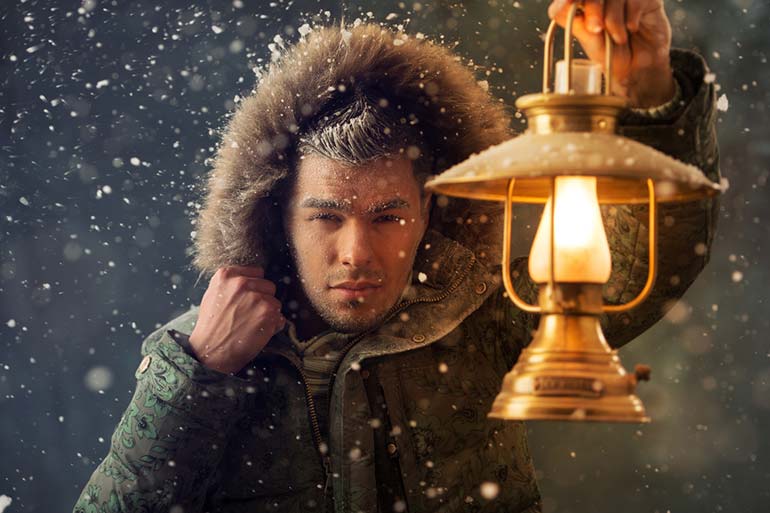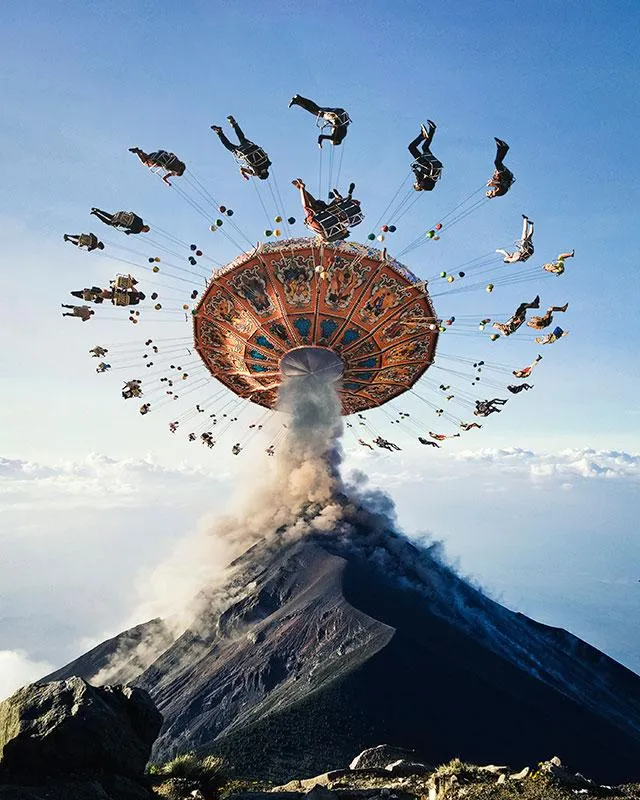From Amateur to CEO: Interview with Kirill Kedrinski
This is a story of a man that has tried himself in everything before he found photography. Kirill Kedrinski, one of our top contributors, has worked as a contractor, a cashier, a sales agent, a PR manager, sales director – you name it. Web design led Kirill to discover photography and soon, with a standard DSLR camera, Kirill was off shooting weddings, ads and (big surprise) stock photography.
Having experience in so many lines of work, Kirill wasn’t just a photographer, he was also a businessman. Having an innate understanding of business undoubtedly became handly in later paths of life. If there is one place a photographer can make money, it’s stock photography. That’s exactly the route Kirill took and was able to succeed because of his background and experience.
“I’m a businessman who really loves photography and is very happy to make a living from it.”
Kirill found some of his greatest inspiration interacting with other photographers at a stock photography conference. There, he was able to make connections and really submerse himself and commit to the field. Events in media and communication are a great opportunity to network and we always encourage our photographers to visit and participate in them because you never know where these connections will take you.
When he came back from the conference, he began building his very own stock production team. Within a few months, the startup costs started paying off and he was able to commit to his business full time.
“I chose stock photography because I’m not tied down geographically, I’m free to live anywhere, I get to do what I really like and together with my amazing team, I can make the world a little bit more beautiful.”
Stock photography meets graphics
If you look at Kirill’s portfolio, you will notice he adds graphics to his photographs. He recommends that those interested in similar techniques to create a bank of elements that can be added to photographs. The benefits of having your own bank of visual elements is that you save costs on retouching and save time on keywording and uploading. As an end result, you save a lot of costs on production.
Some customers are on the lookout for specific themes with additional visual elements. For the clients, the benefits of purchasing these images also involves saving costs. For instance, if the client wants visual elements, he or she will have to go through the process of purchasing vectors and other elements and then spend time and money combining them with the final image.
“All our best selling micro images were collages of photo and vector graphic.”
There is still a market for these images, however you have to get really creative if you want to succeed as it is a popularized concept nowadays.
How to perfect your portfolio
If you’re looking to improve your portfolio, you have to start with your selection process. Throughout Kirill’s experience working with stock photography platforms, he’s learnt just how important it is to edit your selection, and do it well. One of the things many photographers tend to do is upload similar images. Although this can provide your clients with more variety and choices, not every image will contribute to the quality of your portfolio if it is visually identical to your previous photographs.
If you are concerned with capturing a story, limit your selection to 30-50 images. Try to make every photograph stand out with interesting angles or have them cropped in unusual ways. This is precisely why Kirill urges artists to stop flooding the databases with similar images. Think of your portfolio as something that represents you as a photographer. It should leave one with an understanding of your aesthetics. The closer you edge to being selective with quality images, the more chances for you to make real money in the stock photography business.
Selection, diversity, experimentation and growth
Keep your clients in mind as you are selecting your final photographs. One of the most energy draining parts of their job is to look for the perfect images. If you produce diverse and interesting images, you will ease the work for your clients and spark their interest in your portfolio. They will be more likely to bookmark you as their favourite contributor and possibly even recommend you to others.
“Your images should be technically and aesthetically perfect; looking real and not staged or posed.”
Aside from selection, add diversity to your photoshoots. Diversity in people, locations, clothes and all other aspects of a photoshoots. It would be better to have several sessions with high quality, diverse images than one photoshoot that gives you a pool of identical photos. One of the most important lessons that Kirill shares is that less is truly more.
Don’t be afraid to experiment. You have a unique opportunity in every photoshoot to take images with different types of lighting, try new angles and implement new ways of retouching. Don’t get hung up in producing images for a stock photography platform and instead do it for the artistic merit of the photoshoot.
Every session is also an opportunity to grow. If you approach every photoshoot in the same way, the quality of your work will never improve. Kirill worked like this for 2 years when he had the same light scheme and the same way of processing. He noticed that there was no spike in sales or income. In working with many stock photography companies, Kirill has learnt to be more selective and with this came a need to be more innovative, experimental and clever in his approach to shooting sessions and the end results. Only when he stepped out of his comfort zone, was Kirill able to really grow as a photographer and improve his portfolio.
“Try to find the motivation to leave your comfort zone and make completely different images. Do it once and you will see the results. Make your portfolio look like a curated collection and you will face success very soon.”
Today, Kirill is the CEO of his own production studio. His journey is truly inspiring and motivating, especially because our interview started with the phrase, “I never thought I would become a photographer.”













